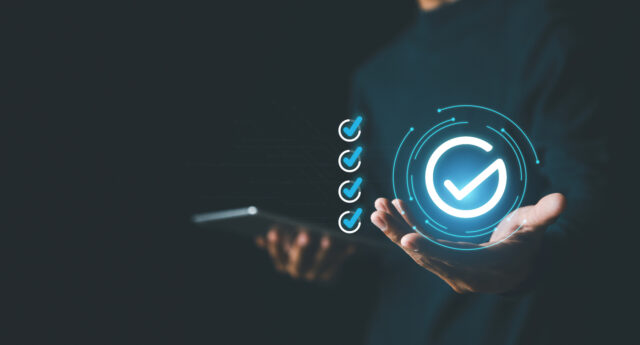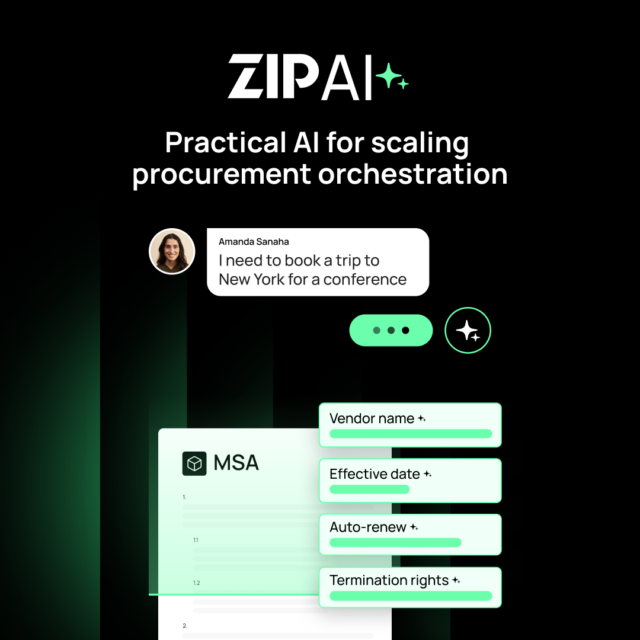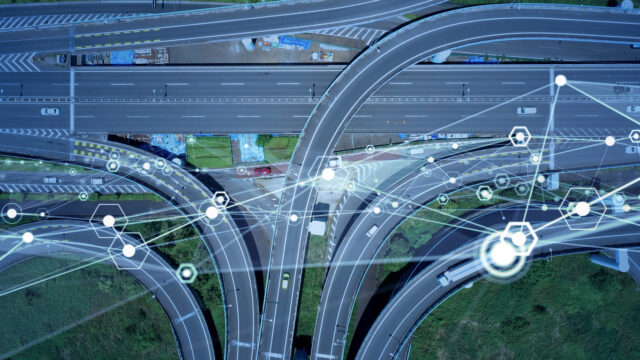The role of procurement has changed. Spurred by an ever more complex supply chain landscape, procurement departments are shifting away from traditional cost containment and purchasing. Now procurement teams are moving towards being strategic relationship managers, sustainability champions, and drivers of technological maturity.
Procurement increasingly relies on technological solutions to combat its challenges. THese difficulties range from geopolitical disruption to price volatility and a worsening climate crisis. At the same time, helping the business remain cost competitive is still a necessary goal for the function.
Using analytics, CPOs can revolutionise traditional elements of the procurement process like spend analytics, demand forecasting, and significant portions of the supplier relationship management process. However, in order to effect this procurement revolution, CPOs need to trust their data.
The procurement revolution runs on data
Procurement is the membranous layer between the internal organisation and its external supplier ecosystem. As such, procurement has access to huge amounts of data. In the procurement function, internal data like demand patterns, spending, budgets, and specifications, meets external information like supplier spend, market insights, and contextual data ranging from weather forecasts to crop reports.
In order to harness the full potential of procurement, CPOs must tap into their rich reserves of data. Appropriately armed, they can better, more informed decisions that unlock strategic wins for the business. Data—along with the application of AI—can help procurement teams optimise spend and predict demand. In more predictable industries with fairly stable parameters, some experts even believe that bots could replace humans entirely. “For standardised items with highly competitive markets such as transportations or temporary labour, buyers would not need to interfere, leaving bots to make trade decisions autonomously based on predefined objective functions,” McKinsey analysts wrote in a report earlier this year.
However, there are serious hurdles that organisations looking to leverage data in their procurement processes face.
CPOs might expect data analytics and the technologies they power to revolutionise every aspect of their procurement function by the end of the decade, but respondents to McKinsey’s survey readily admit that their data infrastructure isn’t ready to support this ambition. Over 20% of procurement leaders said their data suffers from silos and a lack of maturity, with less than 70% of spend data stored in one place. Even those leaders whose systems give them a single source of truth for all spending data admitted that their data wasn’t not cleaned and categorised effectively.
Before it can revolutionise the procurement process, procurement’s data is in desperate need of improvement.
Data analytics drive the AI procurement revolution
By leveraging AI, CPOs can automate significant portions of their category management processes. Demand forecasting and optimisation can become more accurate, which makes sourcing and supply chain management more effective. Supposedly, AI interfaces will allow procurement teams to analyse spending and market data, answering questions about spend exposure created by specific events, cost increases due to oil price fluctuations, or alternative sources for suppliers experiencing difficulties.
Generative AI may soon be able to automate contract generation and generate data used for risk management training—vital in an increasingly disrupted world.











